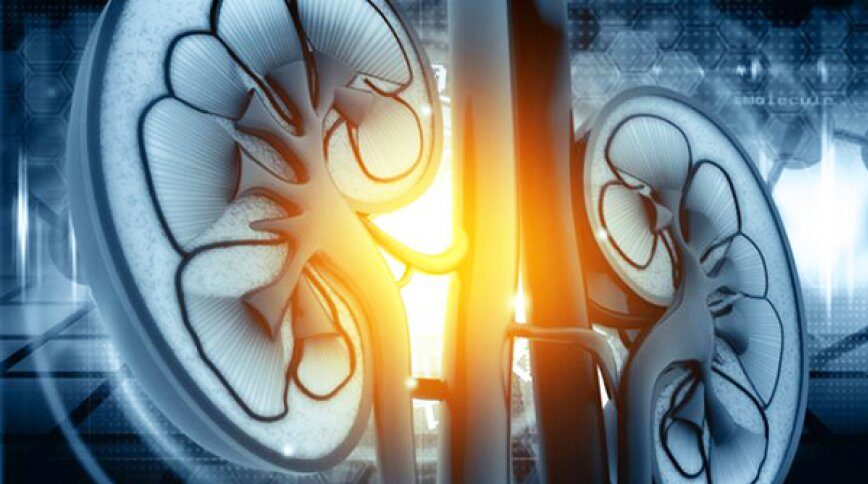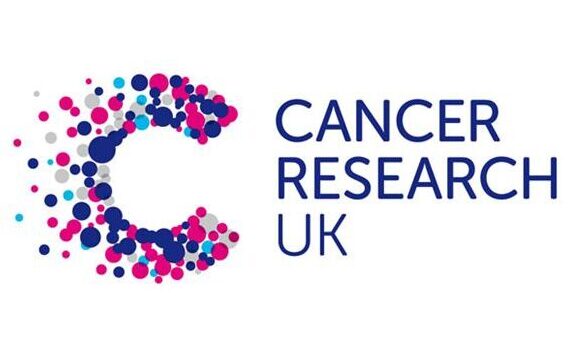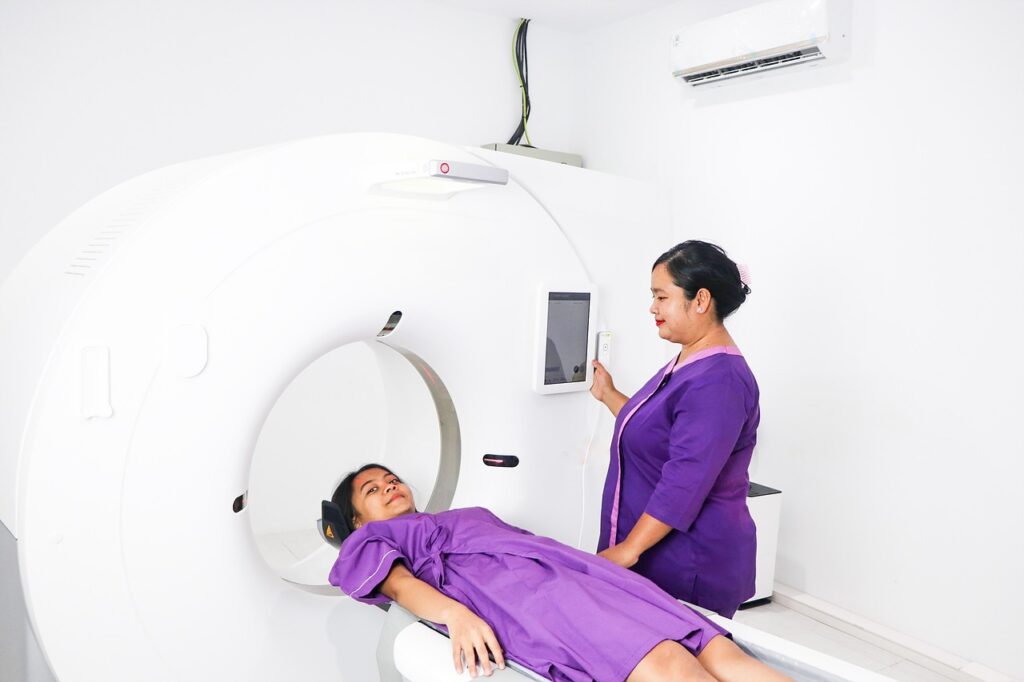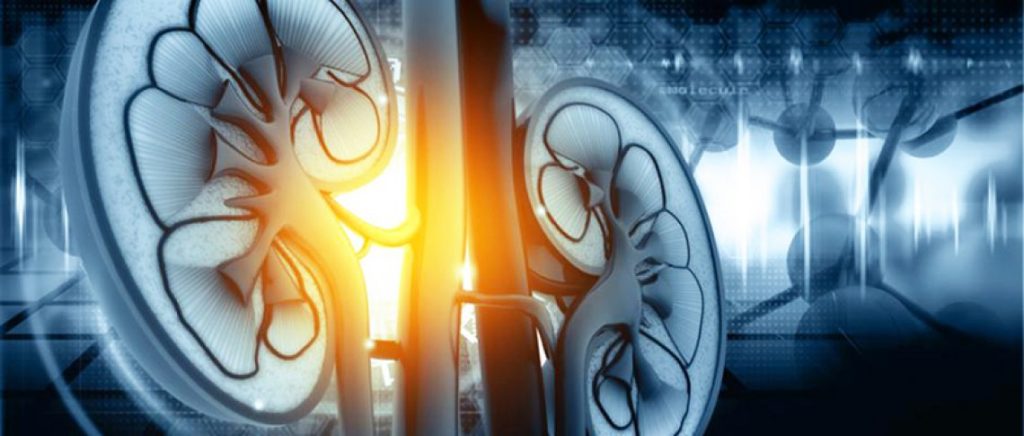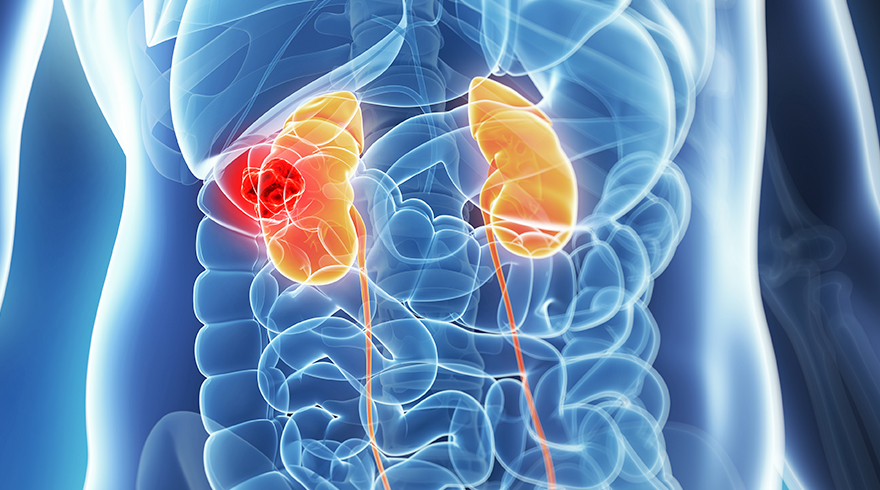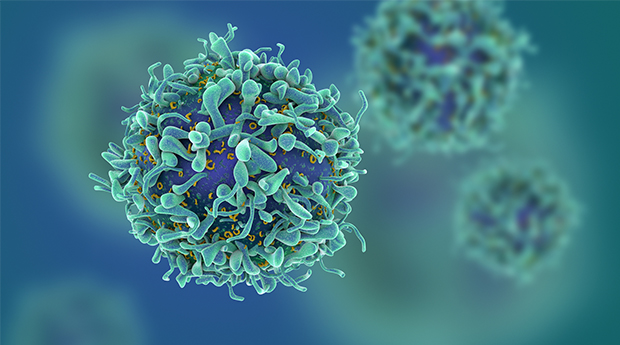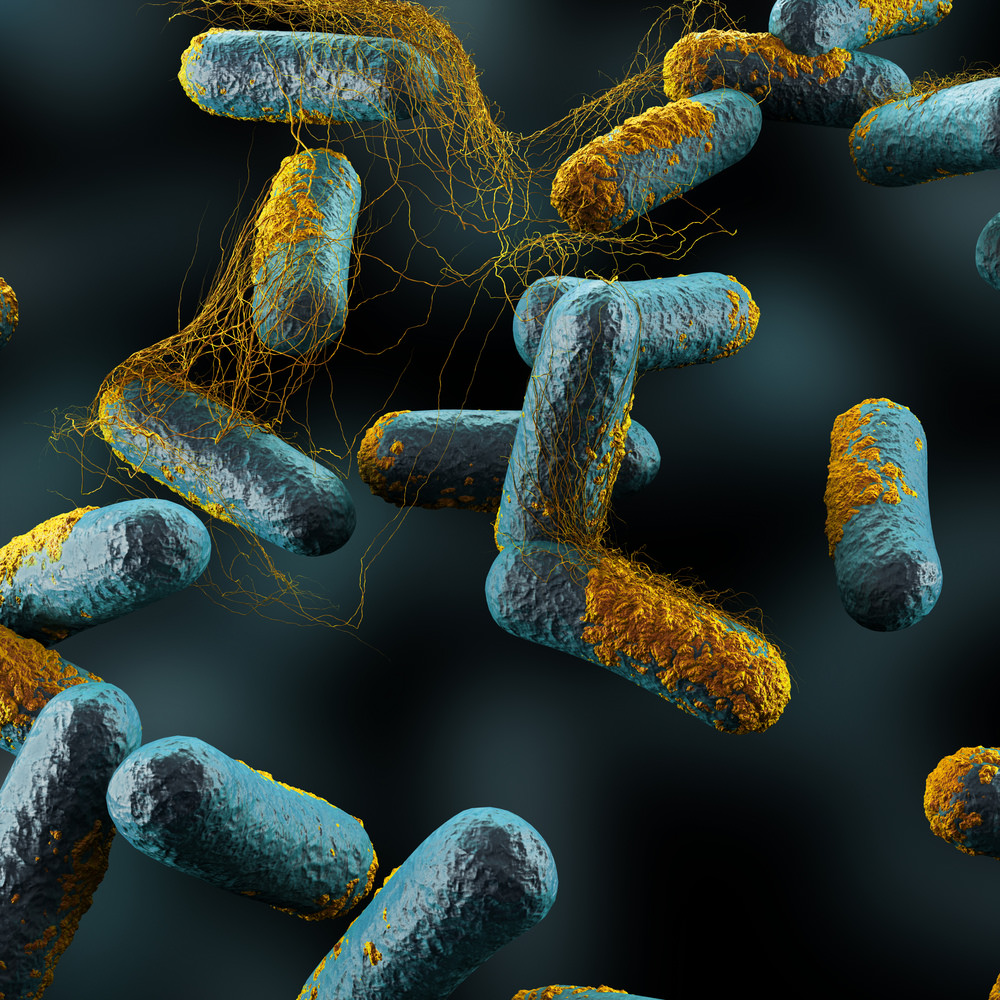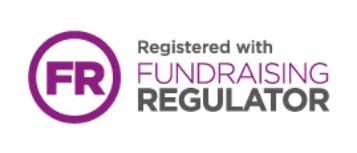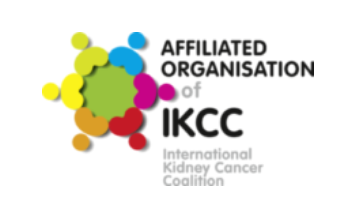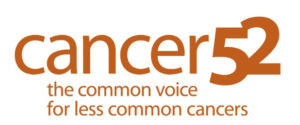Share this Page:
There are approximately 20 different subtypes of RCC, depending on which cells are affected or how the cells appear under the microscope. The most common subtype is clear cell RCC, which is about 7 in 10 cases of kidney cancer. Other less common subtypes are papillary RCC, chromophobe RCC, and collecting duct carcinoma. These subtypes are collectively referred to as non-clear cell RCC.
Due to the rarity of non-clear cell RCC, patients with this condition are often excluded from large phase III clinical trials or included only in small groups. Despite the use of improved treatments designed for clear cell RCC, non-clear cell RCC patients frequently have poorer treatment outcomes, and the best treatment for these patients is yet to be found.
The SUNNIFORECAST study evaluated the use of a combination of ipilimumab and nivolumab in patients with untreated, advanced, or metastatic non-clear cell RCC, comparing it to standard care. It is the largest randomised trial to date for non-clear cell RCC.
A total of 157 patients were treated with ipilimumab and nivolumab, while 152 patients received standard care. More than three-quarters of patients survived for one year when treated with ipilimumab and nivolumab, compared to two-thirds of patients receiving standard care. The average overall survival time was two years and nine months for those receiving the combination treatment, compared to just over two years for those receiving standard care.
Most patients had papillary RCC, but no significant differences were observed between papillary and non-papillary RCC subtypes.
Treatment with ipilimumab and nivolumab was discontinued due to side effects in 27 patients (17%) and in 13 patients (9%) receiving standard care.
Further research is necessary to determine if a combination of immunotherapy and targeted therapy (TKI) is an effective treatment for these patients.
Read more on the European Society of Medical Oncology (ESMO) website here
